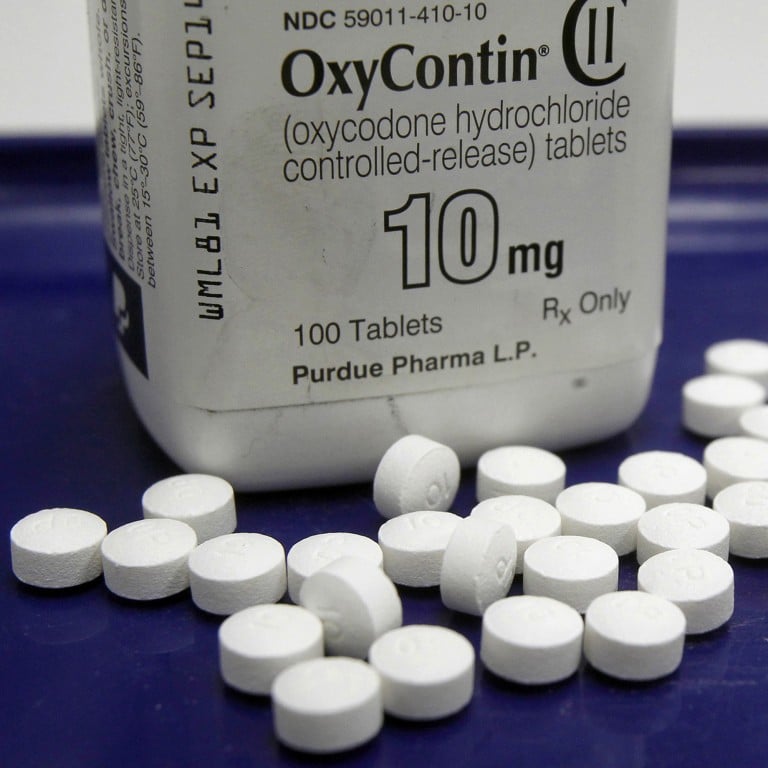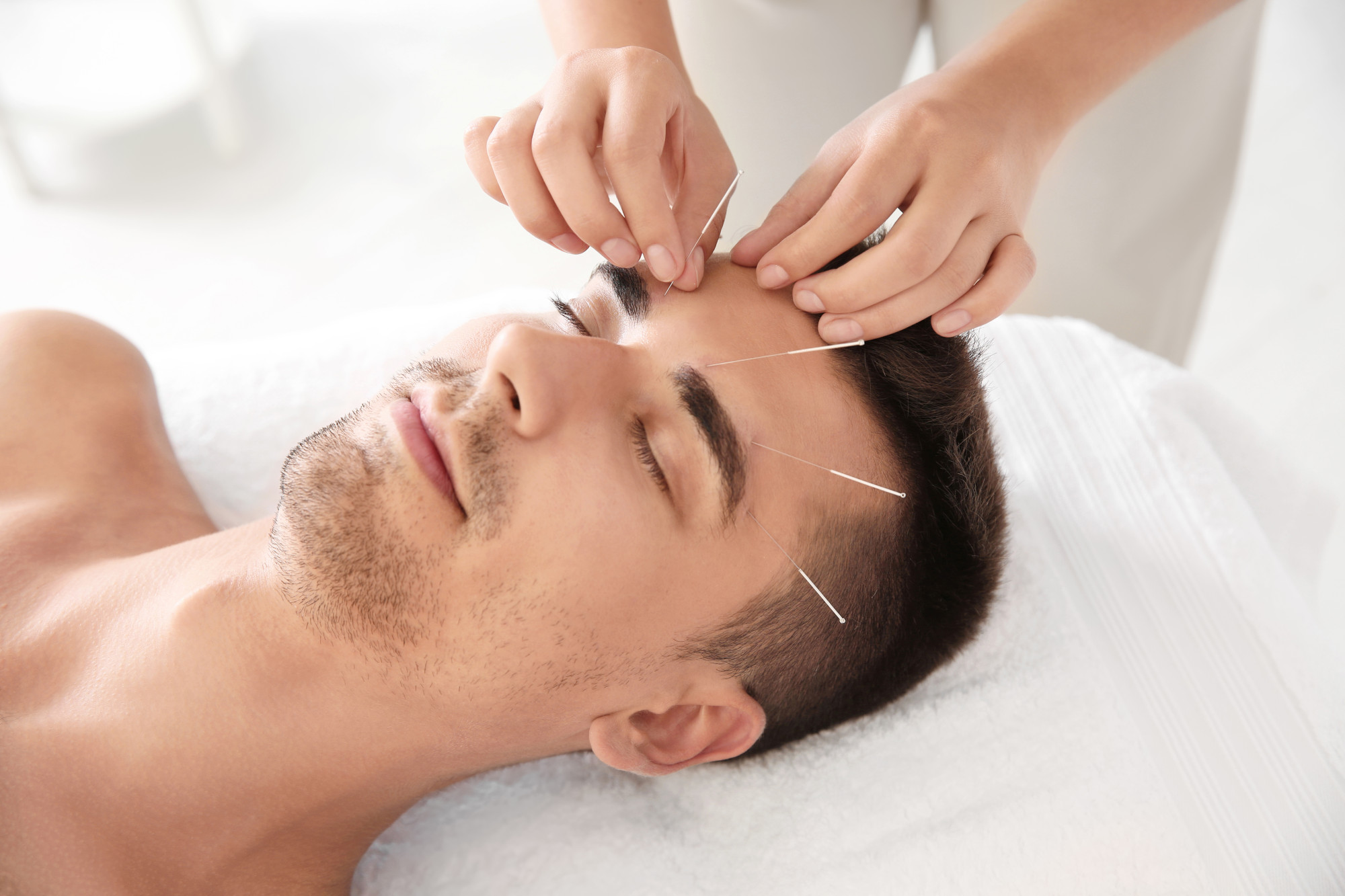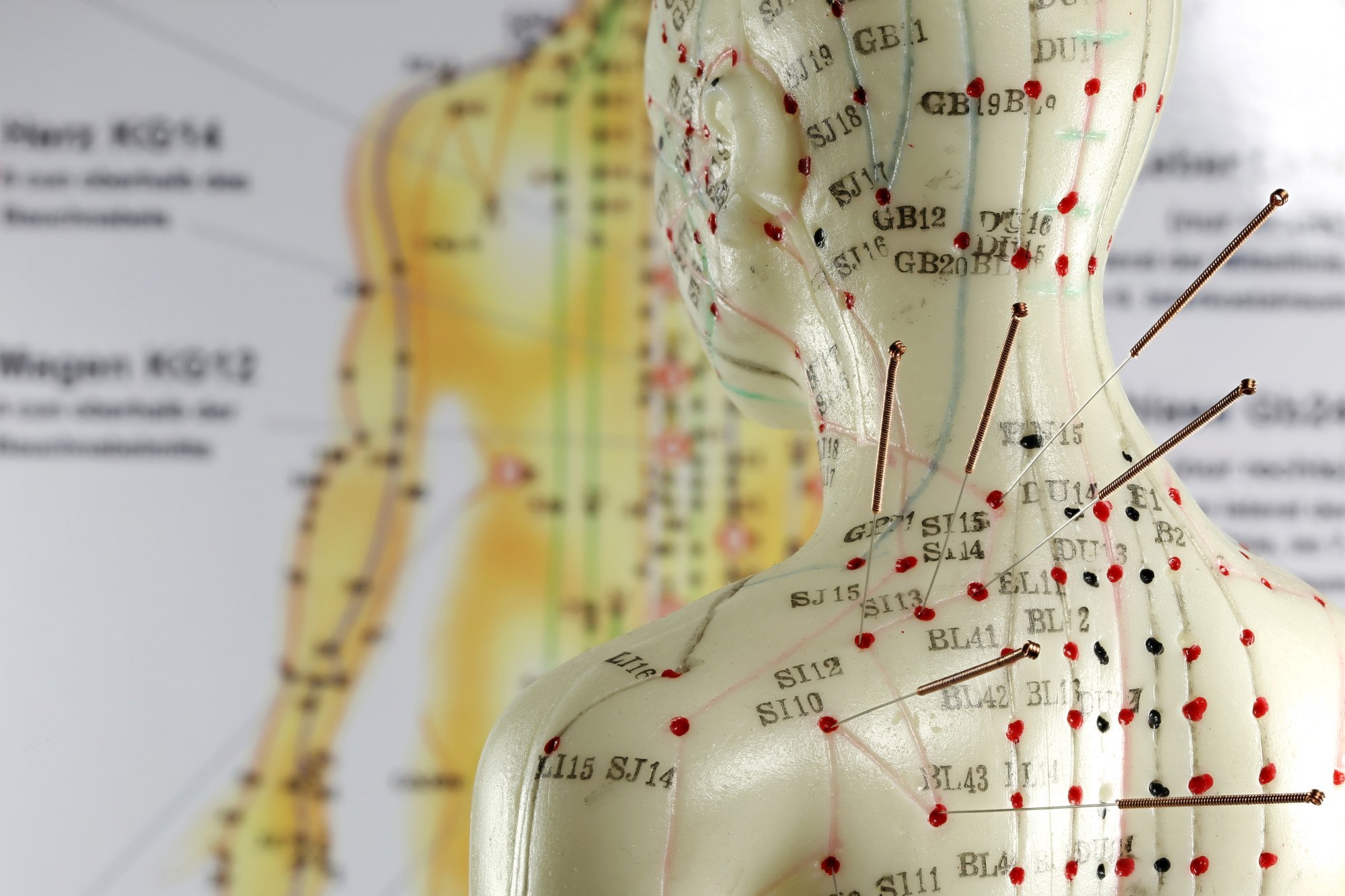
Painkiller on Netflix is about the US opioid crisis. China had an opioid crisis 200 years ago, triggered by imports of opium from British India
- Starring Matthew Broderick, new Netflix series Painkiller dramatises the opioid crisis that has devastated the United States in recent years
- China had an opioid crisis in the early 19th century, thanks to opium imported from British India. The way it was resolved would have far-reaching consequences
I was feeling miserable one day, incapacitated with a bad cold and the attendant headaches and muscle pains. Not being able to get any work done, I turned on Netflix and the first thing that popped up on my feed was, fittingly, the limited series Painkiller.
Before I even realised it, I had finished all six episodes in one sitting.
OxyContin is highly addictive, and it is one of the most commonly abused drugs in America.

According to the Centres for Disease Control and Prevention (CDC), the national public health agency of the US, nearly 645,000 people in the country died from an overdose involving any opioid, including prescription and illicit opioids, between 1999 and 2021.
The CDC describes three waves of opioid overdose deaths, the first of which started in the 1990s. This was caused primarily by prescription painkillers such as OxyContin.

The third and latest wave began in 2013, with synthetic opioids such as fentanyl as the leading cause of overdose deaths.
What is meant to be a beneficial invention that provides relief from physical pain has turned into an agent for addictions, broken lives and deaths.

Although the practice of poking needles into specific points on the body is based on a system of health and well-being that is entirely different from Western medicine, it has been shown to be effective in treating headaches, menstrual cramps, carpal tunnel syndrome, and other forms of pain.
“Acupuncture points are believed to stimulate the central nervous system,” says the website of Johns Hopkins Medicine. “This, in turn, releases chemicals into the muscles, spinal cord and brain. These biochemical changes may stimulate the body’s natural healing abilities and promote physical and emotional well-being.”
I have tried acupuncture a couple of times for low back pain, and I have to say it worked very well in my case.

The Chinese also made pain mitigating potions using ingredients sourced from nature, such as the flowers of Rhododendron molle, the leaves of Cannabis sativa, the roots of wolfsbane, the seeds of the stinking nightshade, and other plants with anaesthetic properties.
These ingredients are listed in Shennong’s Classic of the Materia Medica, believed to have been compiled between 206 BC and AD 220.
The great Chinese physician Hua Tuo (c. 140–208) used a powerful anaesthetic called mafeisan, which might have contained cannabis, for his surgeries.

It is written in the History of the Later Han, which was completed in the 5th century, that he fed patients who required surgery a concoction of mafeisan and wine.
When they were out, he cut their body open to remove from inside whatever that was causing the ailment. When that was done, he stitched up the wound and applied a salve that would heal the wound within a week.
If the surgery was successful, patients usually made a full recovery after a month.
Traditional Chinese medicine for women who ‘don’t have time to boil herbs’
The way in which the crisis was resolved went on to have far-reaching historical and political consequences.

